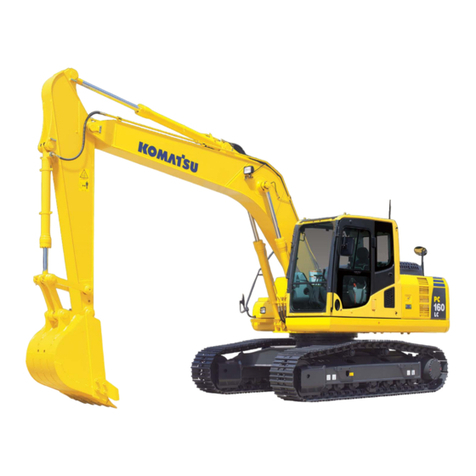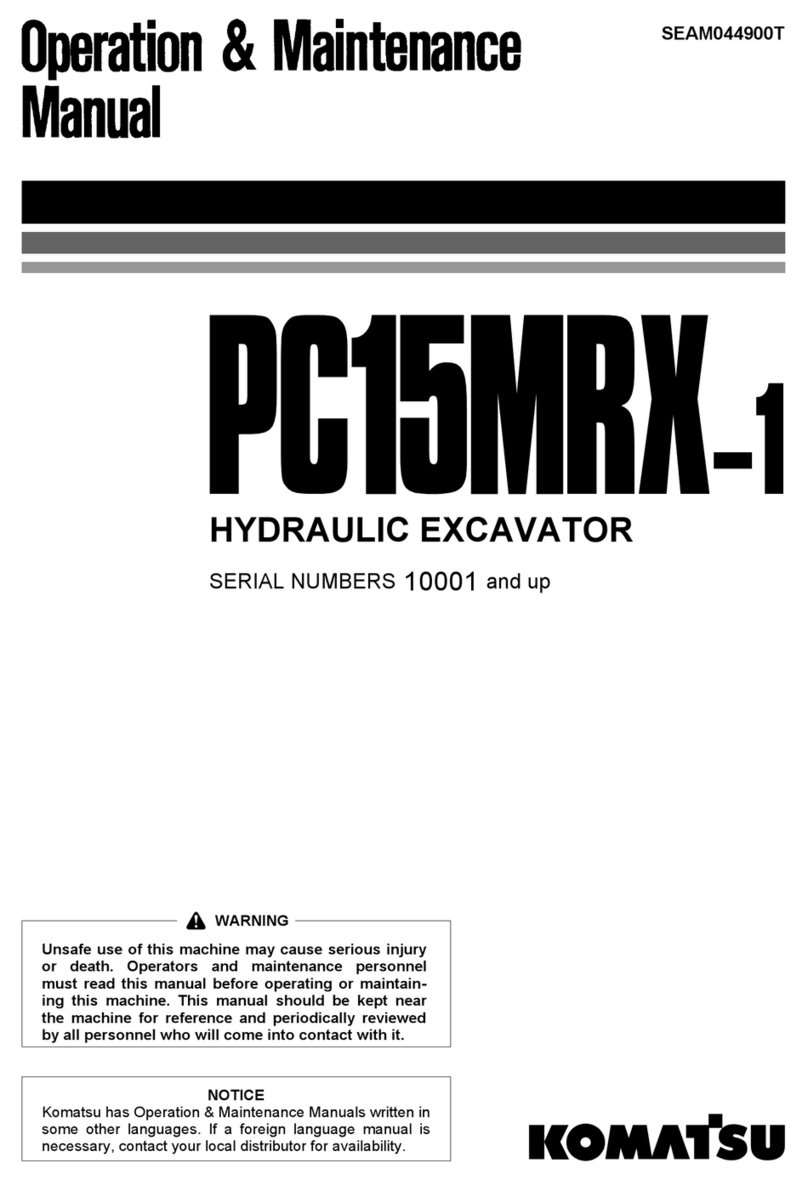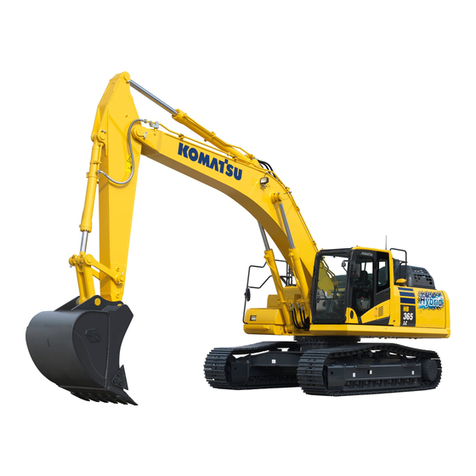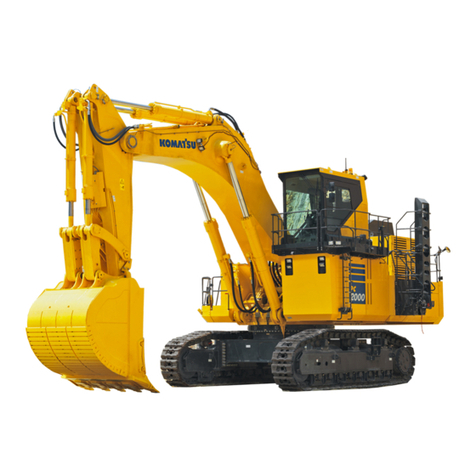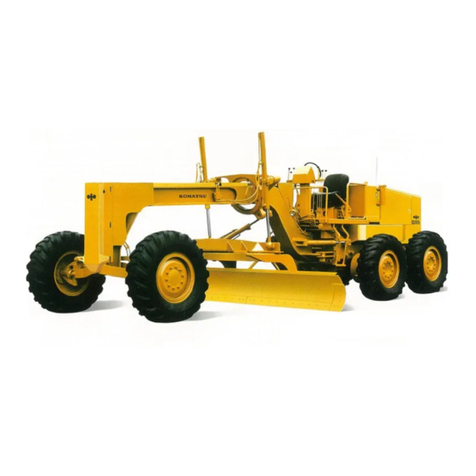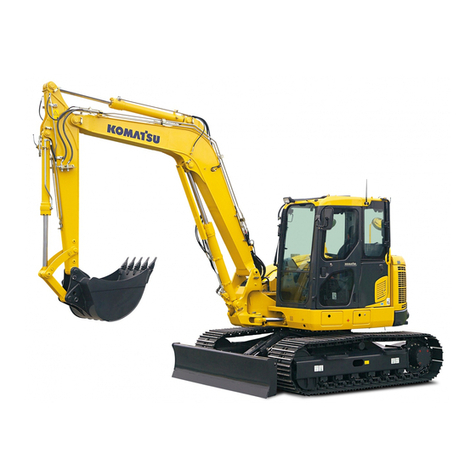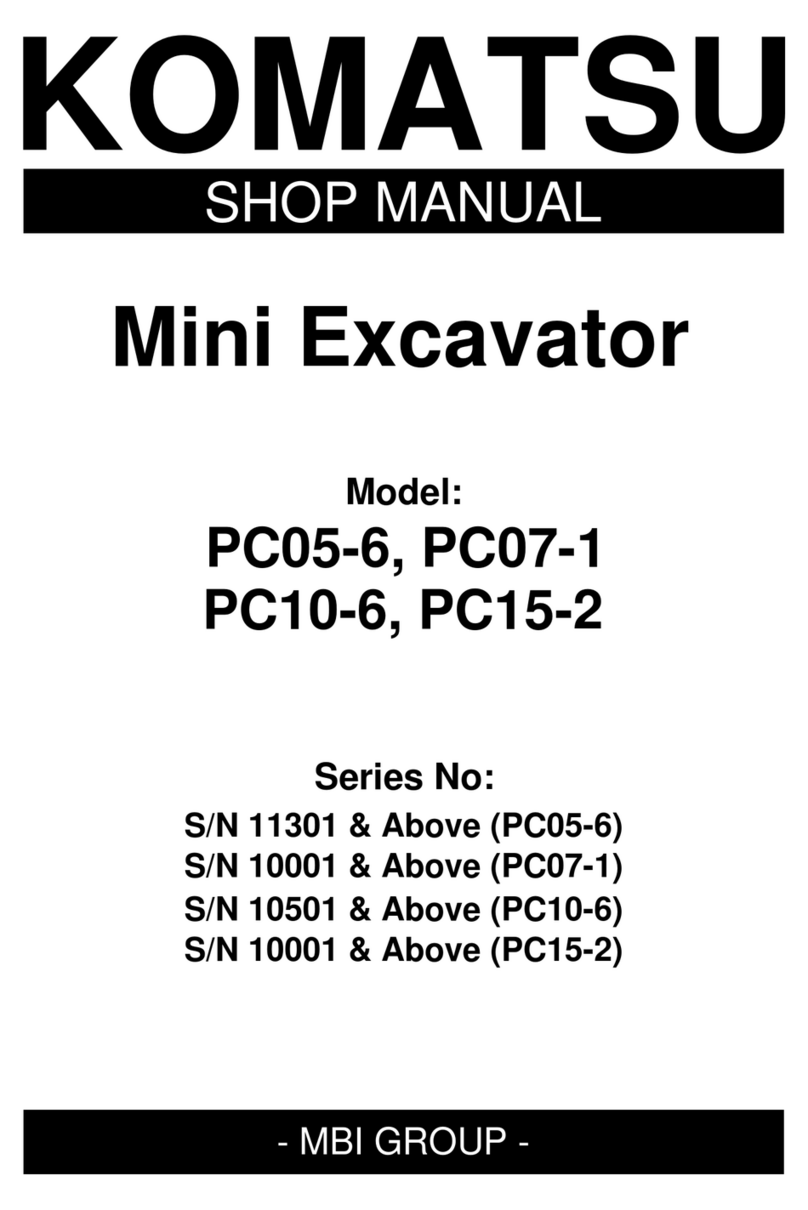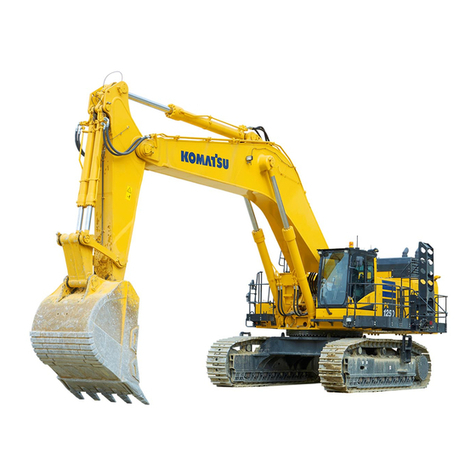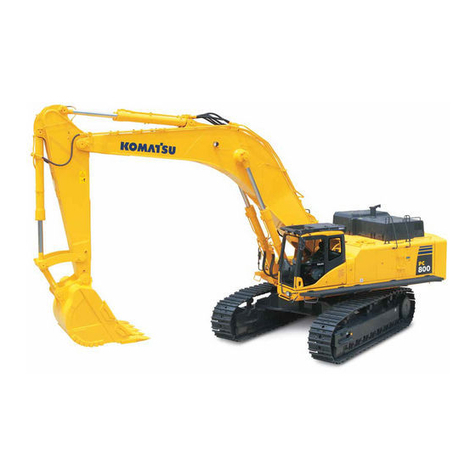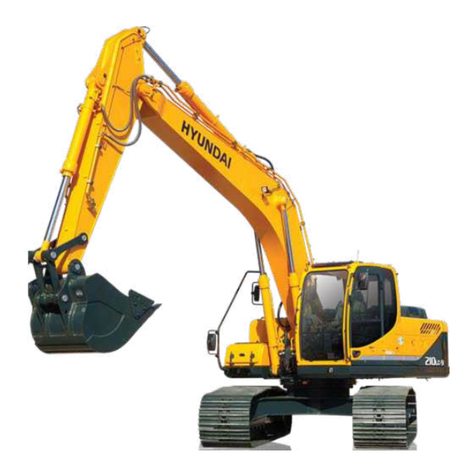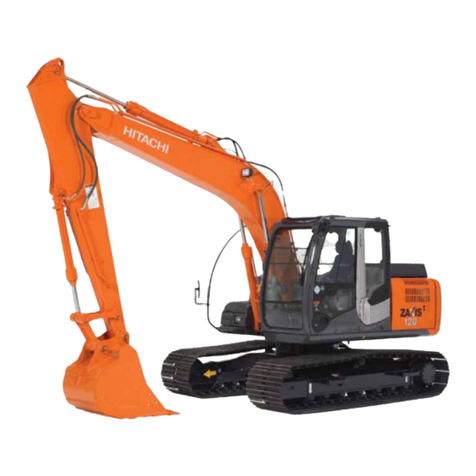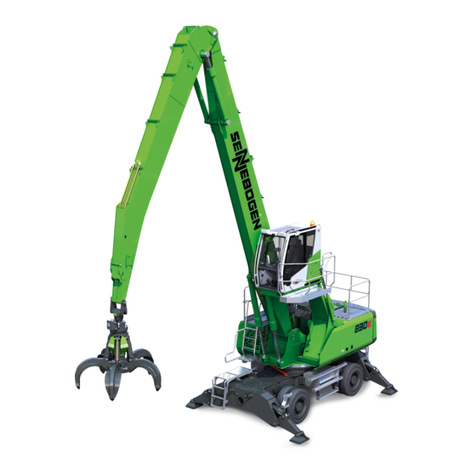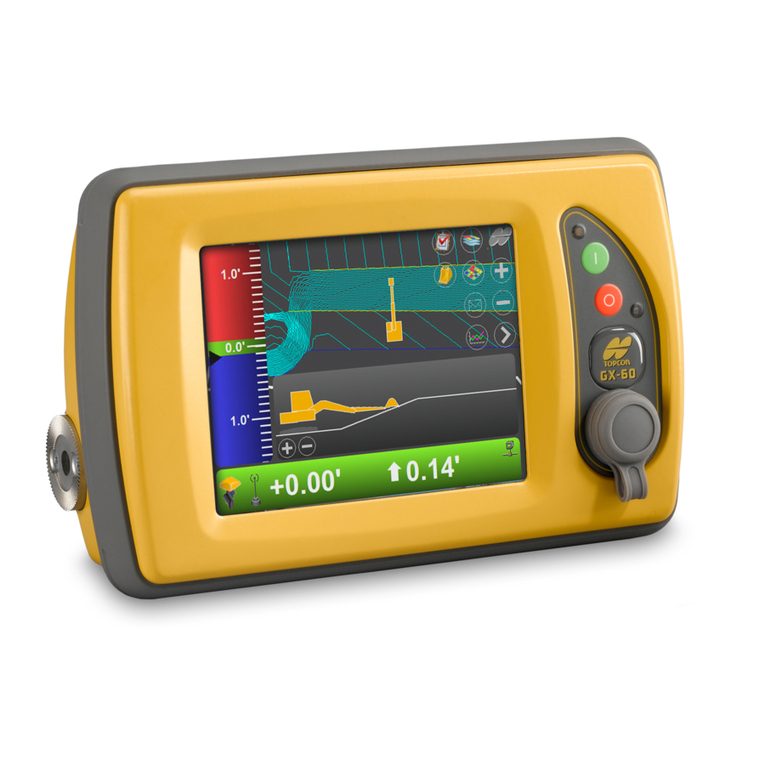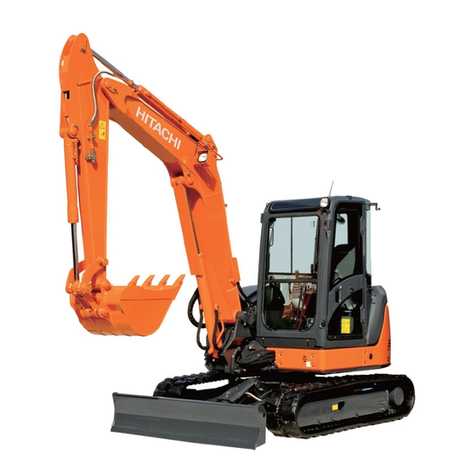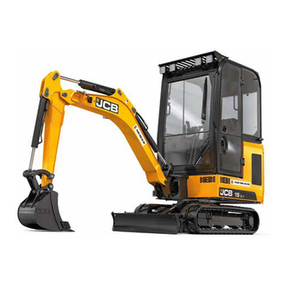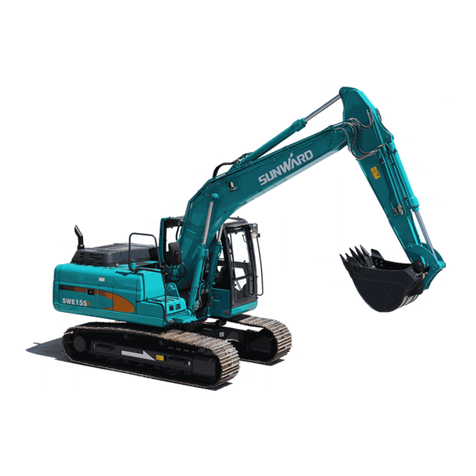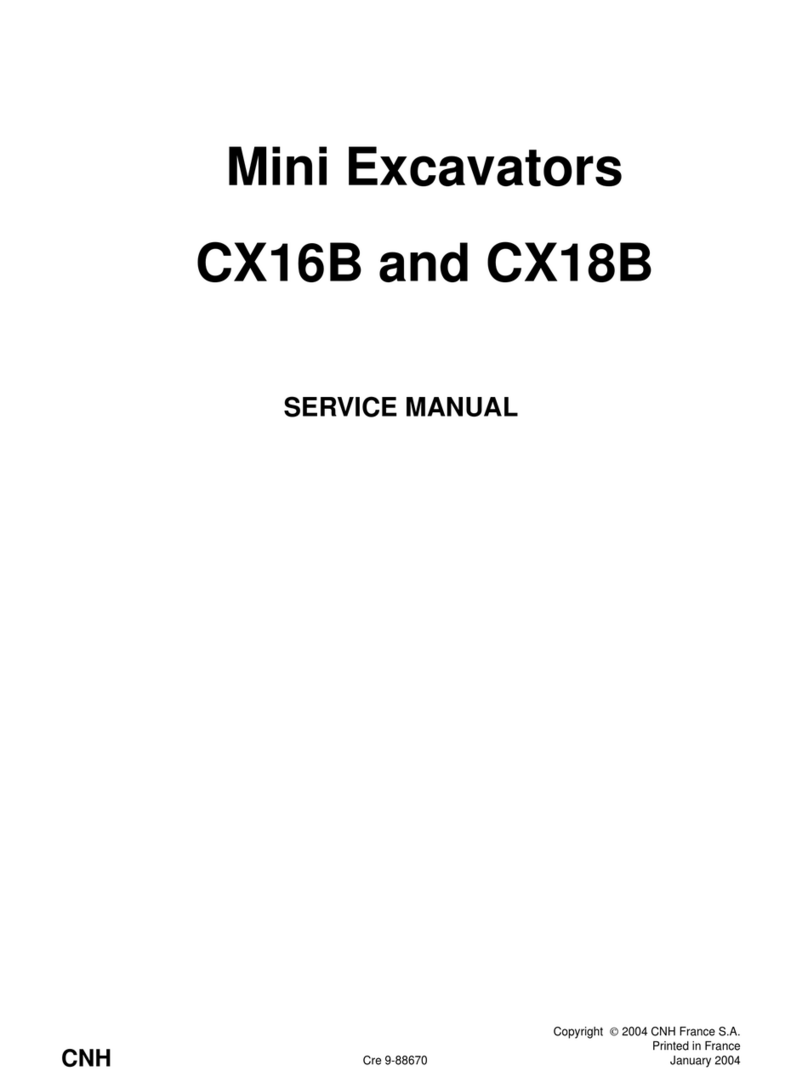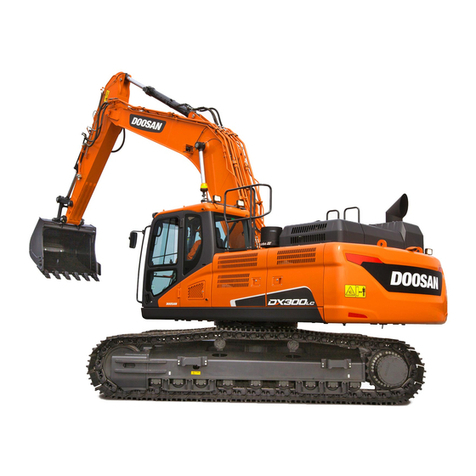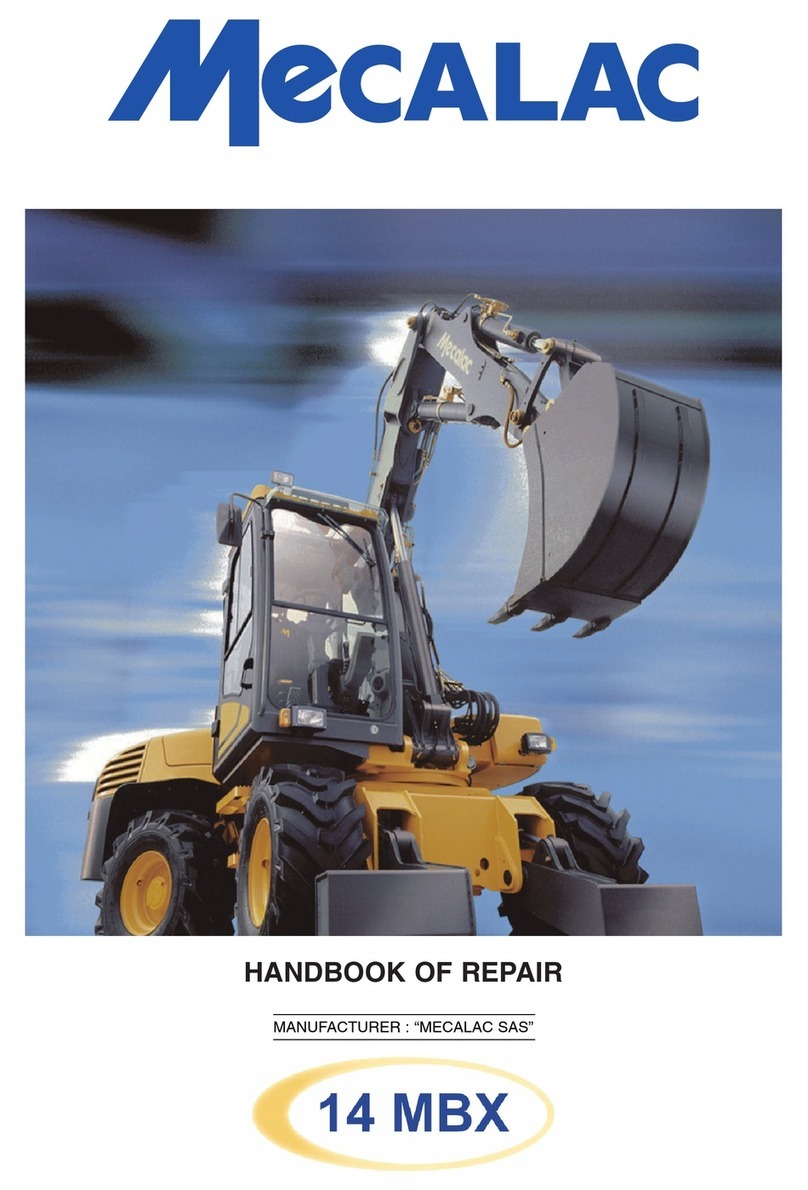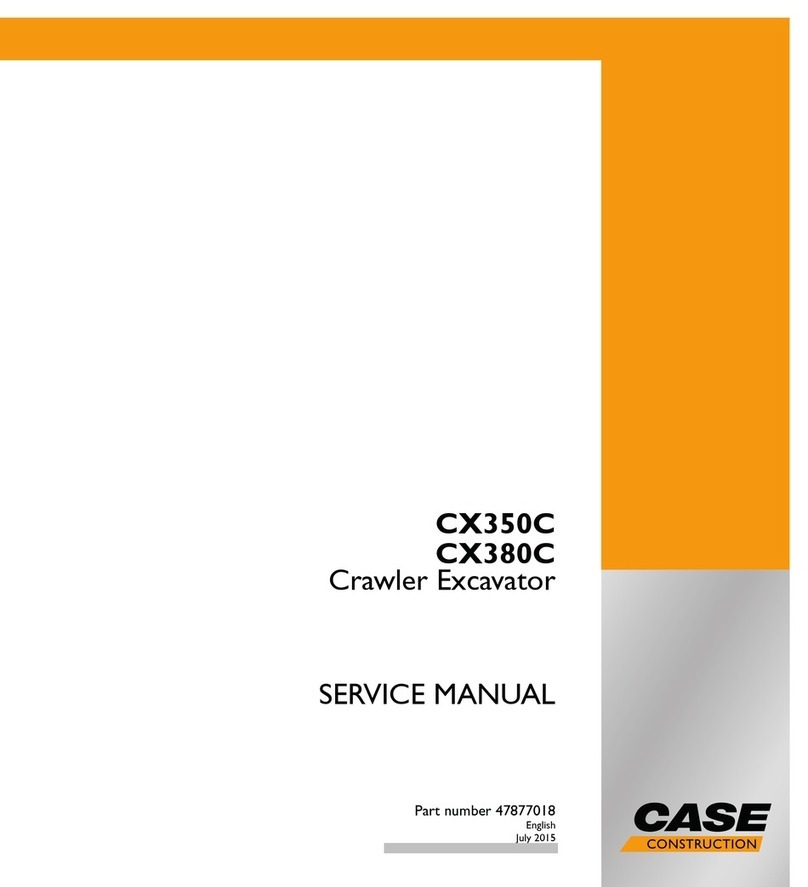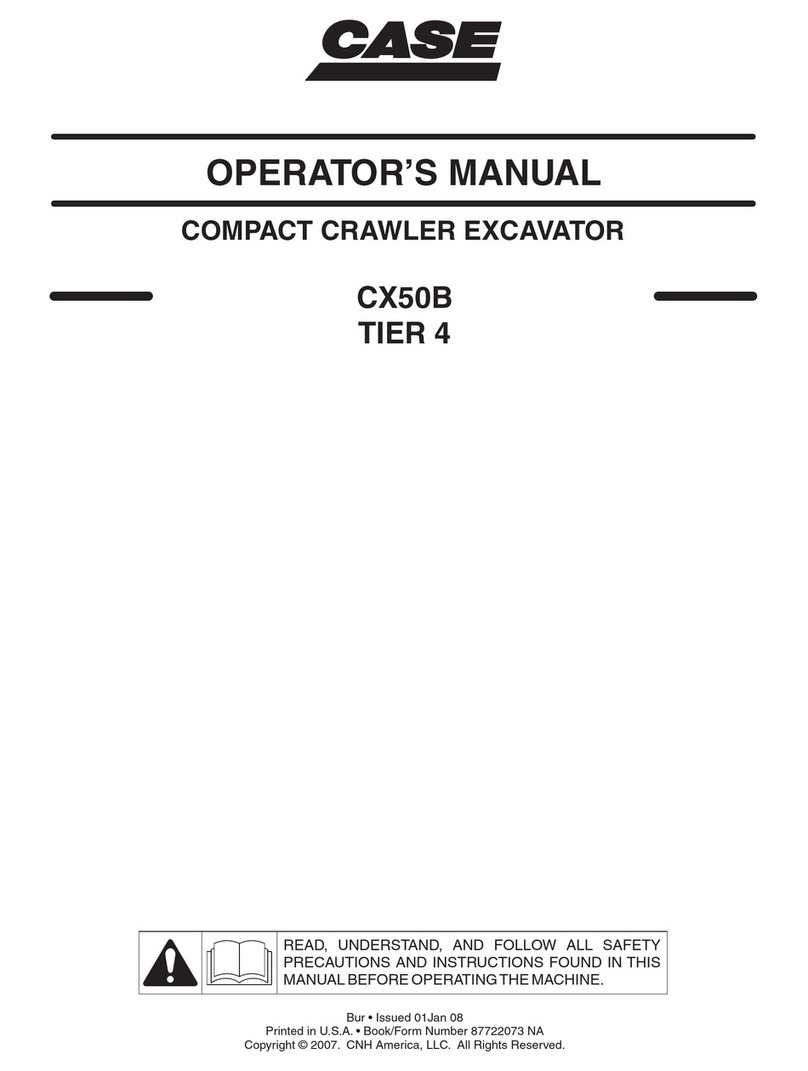
TEST COMPRESSION PRESSURE.............................................................................................. 30-31
TEST BLOWBY PRESSURE ......................................................................................................... 30-34
TEST ENGINE OIL PRESSURE .................................................................................................... 30-37
TEST FUEL PRESSURE ............................................................................................................... 30-39
TEST FUEL RETURN RATE AND LEAKAGE................................................................................ 30-41
BLEED AIR FROM FUEL SYSTEM ............................................................................................... 30-44
TEST FUEL CIRCUIT FOR LEAKAGE .......................................................................................... 30-47
HANDLE CYLINDER CUT-OUT MODE OPERATION.................................................................... 30-49
HANDLE NO-INJECTION CRANKING OPERATION ..................................................................... 30-50
TEST FAN BELT ............................................................................................................................ 30-51
TEST ALTERNATOR BELT............................................................................................................ 30-52
TEST AUTOMATIC TENSIONER .................................................................................................. 30-54
TEST COOLING FAN SPEED ...................................................................................................... 30-56
POWER TRAIN..................................................................................................................................... 30-57
TEST SWING CIRCLE BEARING CLEARANCE ........................................................................... 30-57
UNDERCARRIAGE AND FRAME......................................................................................................... 30-58
TEST AND ADJUST TRACK TENSION......................................................................................... 30-58
HYDRAULIC SYSTEM.......................................................................................................................... 30-60
RELEASE REMAINING PRESSURE FROM HYDRAULIC SYSTEM............................................. 30-60
TEST AND ADJUST OIL PRESSURE IN WORK EQUIPMENT, SWING, AND TRAVEL CIRCUITS ........
................................................................................................................................................... 30-63
TEST OIL PRESSURE OF CONTROL CIRCUIT ........................................................................... 30-74
TEST AND ADJUST OIL PRESSURE IN PUMP PC CONTROL CIRCUIT .................................... 30-76
TEST AND ADJUST OIL PRESSURE IN PUMP LS CONTROL CIRCUIT..................................... 30-80
TEST OUTLET PRESSURE OF SOLENOID VALVE ..................................................................... 30-86
TEST PPC VALVE OUTLET PRESSURE ...................................................................................... 30-90
ADJUST WORK EQUIPMENT AND SWING PPC VALVES ........................................................... 30-93
TEST THE PARTS CAUSING HYDRAULIC DRIFT IN WORK EQUIPMENT................................. 30-94
TEST OIL LEAKAGE ..................................................................................................................... 30-96
BLEED AIR FROM HYDRAULIC CIRCUIT .................................................................................... 30-99
CAB AND ITS ATTACHMENTS ...........................................................................................................30-104
TEST CAB TIPPING STOPPER ...................................................................................................30-104
METHOD FOR ADJUSTING MIRRORS .......................................................................................30-105
ELECTRICAL SYSTEM .......................................................................................................................30-112
SET AND OPERATE MACHINE MONITOR..................................................................................30-112
METHOD FOR STARTING UP KOMTRAX TERMINAL ................................................................30-173
ADJUST REARVIEW CAMERA ANGLE .......................................................................................30-178
HANDLE VOLTAGE CIRCUIT OF ENGINE CONTROLLER .........................................................30-181
HANDLE BATTERY DISCONNECT SWITCH ...............................................................................30-182
TEST DIODES ..............................................................................................................................30-183
Pm CLINIC...........................................................................................................................................30-184
Pm CLINIC SERVICE ...................................................................................................................30-184
60 MAINTENANCE STANDARD.................................................................................................................... 60-1
CONTENTS ............................................................................................................................................ 60-2
ABBREVIATION LIST ............................................................................................................................. 60-3
ENGINE AND COOLING SYSTEM......................................................................................................... 60-9
MAINTENANCE STANDARD OF ENGINE MOUNT ........................................................................ 60-9
MAINTENANCE STANDARD OF COOLING SYSTEM .................................................................. 60-10
POWER TRAIN......................................................................................................................................60-11
MAINTENANCE STANDARD OF SWING CIRCLE .........................................................................60-11
MAINTENANCE STANDARD OF SWING MACHINERY................................................................ 60-13
MAINTENANCE STANDARD OF FINAL DRIVE ............................................................................ 60-15
MAINTENANCE STANDARD OF SPROCKET .............................................................................. 60-17
MAINTENANCE STANDARD OF SPROCKET TOOTH PROFILE FULL-SCALE DRAWING ......... 60-18
UNDERCARRIAGE AND FRAME......................................................................................................... 60-20
MAINTENANCE STANDARD OF TRACK FRAME AND IDLER CUSHION.................................... 60-20
MAINTENANCE STANDARD OF IDLER ....................................................................................... 60-22
MAINTENANCE STANDARD OF TRACK ROLLER....................................................................... 60-24
INDEX 00 INDEX AND FOREWORD
00-4 PC500LC-10R

